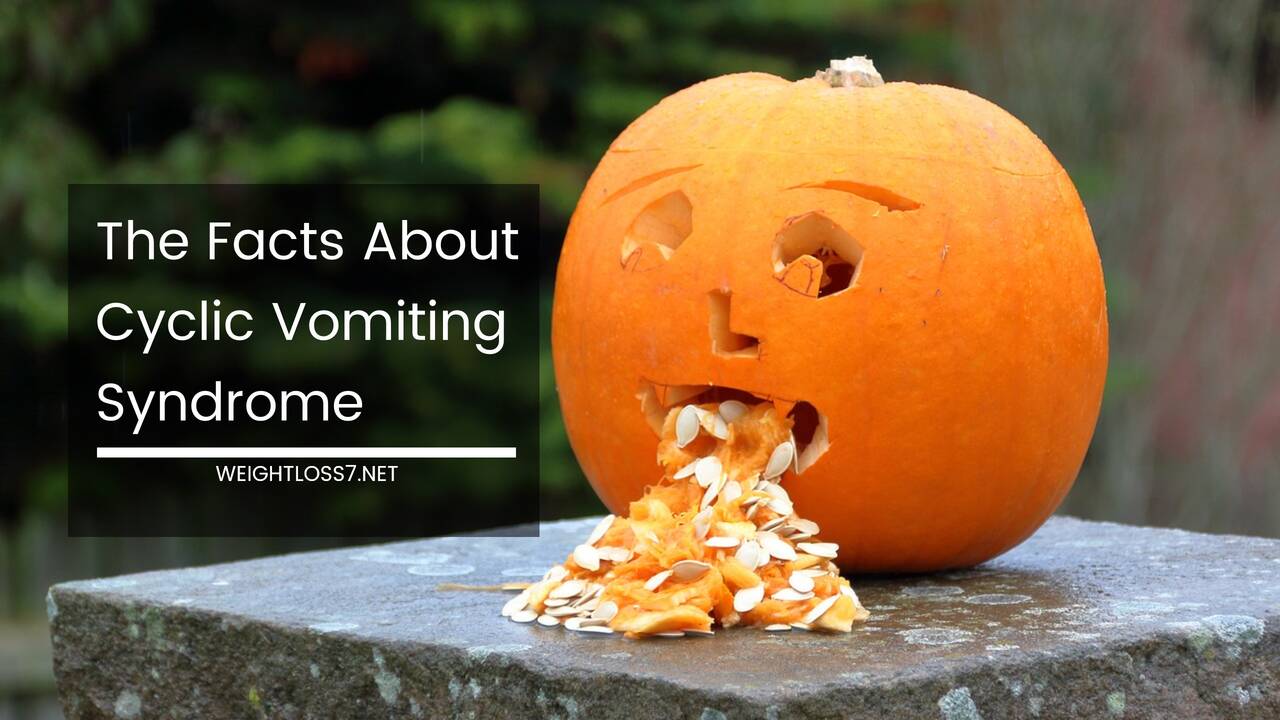The Facts About Cyclic Vomiting Syndrome

Part of being a kid includes joining the cub scouts, making friends at school and going to ball games with dad. However, some kids may face challenges in enjoying simple traditions such as these.
Cyclic Vomiting Syndrome is a disease that typically reveals itself in children aged 3 to 7 years of age, and fizzles out in teen years. However, this disease can strike adults (though such cases are rare).
All About CVS
I am not referring to the chain of drug stores, but rather CVS (Cyclic Vomiting Syndrome) is characterized by cycles of extreme nausea and vomiting that can last from hours to days at a time.
This disease can have such violent vomiting episodes that patients have to remain in bed for days at a time.
There are four phases of CVS that include the following:
- Symptom-free interval phase
- Prodrome phase
- Vomiting phase
- Recovery phase
The symptom-free interval phase is like the quiet before the vomit storm. Then the prodrome phase surfaces when nausea is apparent. This can include abdominal pain. Then the floodgates break down and vomiting occurs.
Finally, the recovery phase starts when the vomiting ends. At this time facial color will return and the sufferer will begin to feel better.
Potentially Deadly
If someone has a particularly bad case of CVS and isn’t getting treatment, the disease could be deadly.
During the prodrome and vomiting phase, patients are unable to eat or drink. As these spells can go on for days, a patient would need to be hospitalized so they can receive fluids intravenously.
Malnutrition is also a risk and, over time, this can put severe wear on vital organs. If your child suffers from this illness you may want to consider concierge medicine as a supplemental health care plan to give your child extra medical attention.
What Triggers CVS?
Little is known about this disease, but is seems that excitement and stress may trigger vomiting episodes in children.
Other triggers include eating too much, eating before bedtime, or even eating certain foods. It seems chocolate and cheese are two common food triggers.
Treating CVS
There is no known cure. The best thing to do is offer emotional support to children and their families. Try avoiding the patient’s known triggers, and be sure to let the child know he or she is loved.
Author Bio: Sara Fletcher is a freelance journalist and mother of two who is currently researching concierge medicineas an option for her nephew who suffers from CVS.

















